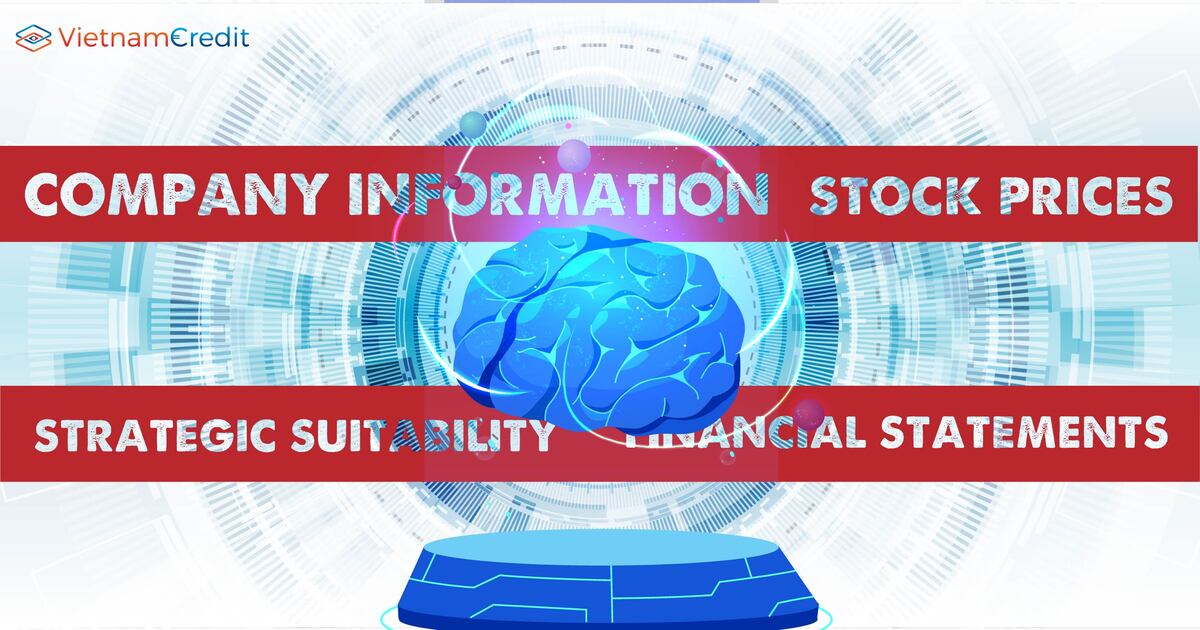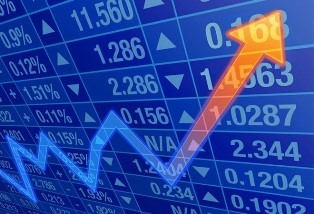Stock investors often wonder whether reading financial statements is worthwhile because they believe that company information is quantified in stock prices and often assume that stock prices correctly reflect financial information and are a good indicator of business value
Stock investors often wonder whether reading financial statements is worthwhile because they believe that company information is quantified in stock prices and often assume that stock prices correctly reflect financial information and are a good indicator of business value. However, in many cases, the market is not completely efficient and may be an underestimation of the value of the business, then it is essential to find and read the financial statements of that company before making decisions.
For investors of fundamental analysis, reading and understanding financial statements, thereby assessing business prospects and valuing the enterprise before purchasing or selling stocks is among key activities. However, several investors face difficulties when many companies use accounting techniques to record data or perform some "special changes" through which they can beautify their financial statements.

Reading financial statement: From the beginning to the end
When reading financial statements, the proper order is to read from the beginning to the end. So, the first reading is the auditor's opinion on the financial statements, following are the balance sheet, income statement, cash flows and notes to the financial statements. Investors may need to adjust the data to ensure the accuracy of the FS analysis. For example, if a company reports a profit of VND 100 billion before tax while the auditor's opinion states that the company has not made a provision for doubtful debts of VND 20 billion, investors need to adjust that figure from VND 100 billion to VND 80 billion. Then it is necessary to adjust and record decrease in equity accordingly before carrying out financial analysis.
Balance sheet
When approaching financial statements, one of the first items to be observed immediately is the cash balance and cash equivalents. If a company has a very large asset size and a large profit margin while its cash and cash equivalents are tiny, it is illiquid and lacking money which is a sign of an unhealthy cash flow. In general, cash balances need to account for at least 10% of short-term debt in order to be considered a relatively good amount of cash (instant solvency = cash and cash equivalents / short term debts equal to approximately 10% or more).
In addition, it is vital to pay attention to the size of the loan with interest payments and the debt ratio. High levels of debt are often the result of low capital gains. Except for fast growing companies that require large amounts of loans, in many other cases, the often-high debt ratio is the result of poor management and low business performance. Due to the low return on capital, the company cannot rely heavily on endogenous capital (retained earnings) to serve its investment needs, therefore, the company must make new investments depending on debt. In addition, high debt ratios can be the result of widespread vertical integration or excessive diversification. The debt ratio is very much related to business structure and business strategy. Apple has a large cash balance and a much lower debt ratio than Samsung because it outsources phrases that require large investments in fixed assets and working capital (for example: manufacturing of parts, or assemblies), while Samsung has a higher debt ratio due to vertical integration of all stages of the process.
Last but not least, early identifying financial imbalance is important as well. The philosophy and the art of good financial management are "balance", which is the balance of revenues and expenditures. One of the important elements of the financial balance is that long-term assets need to be financed by the corresponding long-term capital. If an enterprise invests in a project with a term of about 15 years depending on a 6-year loan, sooner or later, this will pose a great risk and create pressure on solvency. To early realize this, investors need to observe the long-term historical trend of net working capital (Net working capital (NWC) = Short-term assets - Short-term liabilities). If the NWC is on a downward trend and turning to a big negative, this is signaling the emergence of a financial imbalance. Negative NWC indicates that the company has used short-term debt to finance long-term assets.
Cash flow
Firstly, investors need to consider the rationality of the investment expenditures. When considering the investment spending of a company, it is essential to evaluate the strategic suitability. An unambiguous investment cannot bring good long-term financial performance. For example, a company in the steel industry is going to open a supermarket or acquiring a hotel, is it reasonable for this company (with a small market share) to quickly diversify its investment? Does it really show the efficiency of using capital? Some companies now carry out investment trusts. Is investment trust practical or not when a company specializing in production is in shortage of capital and having to borrow money with high interest rates? Is it a wise investment?
Secondly, the practicality of capital raising by issuing shares is also important. How would investors assess a company that raises its equity by issuing shares without having any increase in cash balance instead of an increase in other receivables (short and long term)? Is this capital increase really effective in terms of bringing cash flow to business growth or not?
Thirdly, one of the signs showing a healthy long-term financial situation is the regularity of cash flow to pay cash dividend in the long term. Except for fast growing companies that may not pay dividends, in most cases, profitable business should be accompanied by a cash dividend payment policy. Paying cash dividends is a very important factor to prove the health of it cash flow and that the profit declared is real.
Finally, growth is often good but it is necessary to distinguish between a sustainable growth and an unsustainable growth. When a company experiences an unsustainable growth, its investments in working capital and long-term assets exceed the funding capacity of endogenous capital (retained earnings to reinvest + depreciation of fixed assets) for a long time.
Where to find a company financial statement?
It is very easy to get financial statements of companies listed on the stock market while the opposite is true for unlisted companies. In addition, companies in Vietnam often produce several versions of financial statement with different purposes. The financial statements submitted to tax authorities will be different from that sent to investors or partners. Therefore, it is difficult to determine the financial health of these companies.
However, with a huge in-house data source as well as excellent abilities to collect information of experienced staff,
VietnamCredit ensures that it can provide customers with Financial Analysis Report which contains updated information on Legal Identification, Locations, Board of Directors with detail ID and Addresses, and Analysis of the Financial statement (Balance Sheet, Cash Flow, P&L Accounts) for 3 consecutive years of businesses and partners in Vietnam that they are interested in.
Please enter name or registration number of the company you need
here. In addition to Financial Analysis Report, you can also choose a Company Report that contains Company Identification, Locations, Management and Directors, Key Financial Data, Shareholders, Business Operation or Company Comprehensive Report containing all the information you need and even more about a business.
Contact us for more information via
[email protected].
>> Financial report: Definition and significance
>BY: Henry TRAN - VIETNAMCREDIT
























































